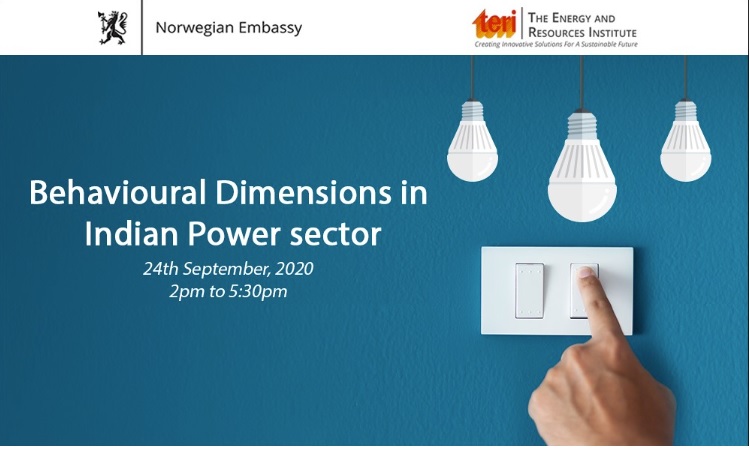Develop a Cost-Optimal and Reliable Electricity System (Integrating Demand and Supply) Configuration for the Short, Medium & Long-term Horizon
Work Package 2
Objective
To undertake an integrated energy demand and supply (including renewables) analysis using a modelling framework (TIMES), with a focus on the power sector. While there is more clarity in terms of what the broad elements and direction of India’s energy development path would be in the decades to come, the specific level of energy requirements across various regions and consumer groups is not understood well in a dynamically changing economy. Also, as the share of renewable-based energy sources becomes significant in the overall generation mix, the preference and viability of alternative power generation options, with varying levels of consumption, over time needs to be understood well.
It is in this context that this workpackage is expected to contribute to the discourse on technology and policy options and priorities for steering the country towards preferred, resource efficient, and sustainable electricity production and consumption. The modelling study is envisaged to be undertaken at a spatially disaggregated level and at different temporal scales.
Main Activities
Supply side analysis
This activity analysed resource availability as well as the operational issues of different fuel/technology options to assess the feasible and most optimal choices for a robust but low carbon power supply system. The evaluation of resource availability supports in better understanding the spatial variability in terms of costs of alternative generation, infrastructure, and supply allocations. The outcome will eventually assist in taking into account regionally differentiated renewable energy injection into the overall power supply system.
-
Identification of issues and barriers for grid integration of renewables
This activity explored and identified issues and barriers that may emerge in the context of large-scale grid integration of renewables. The study also suggested appropriate policy and regulatory measures to ensure stability and smooth operation of the grid. Stakeholder interactions will be a key component of this work package for proper understanding of the challenges and identification of relevant policies.
-
Integrated demand-supply modelling and analysis
Based on the detailed demand side analysis (Theme 3 Work Package 1) and the supply side alternatives, this activity integrated these dimensions into a comprehensive integrated power demand-supply model (TIMES model). Using an optimization energy modelling tool, the activity focussed on developing a cost-optimal and reliable electricity system configuration for the short, medium, and long-term horizon. This modelling exercise supported to prepare a commentary on the regional and possibly state-level power sector strategy.
-
Knowledge sharing, dialogue, and collaboration
Cross-cutting in nature, this activity established a long-term intellectual collaboration with Institute for Energy Technology (IFE), Norway. As part of the activity, webinars, partly for the outreach of project findings and partly for building knowledge network, was organized. Regular dialogues with all relevant stakeholders was organized to build capacity of the stakeholders also wider dissemination, dissemination events, along with presentation of the findings at various international and national conferences/events were presented.



